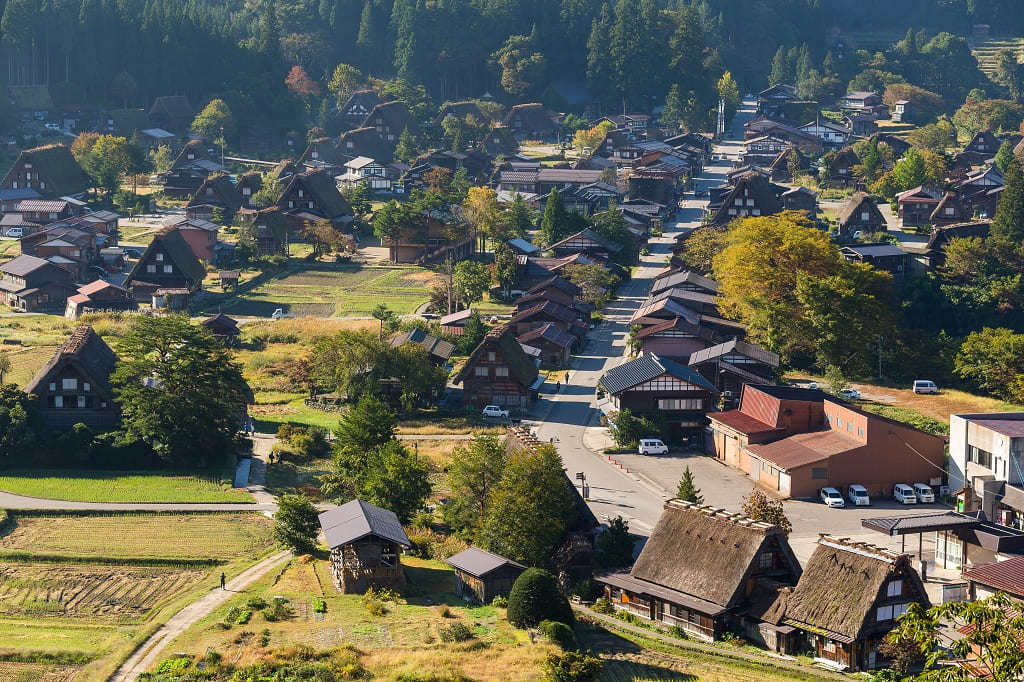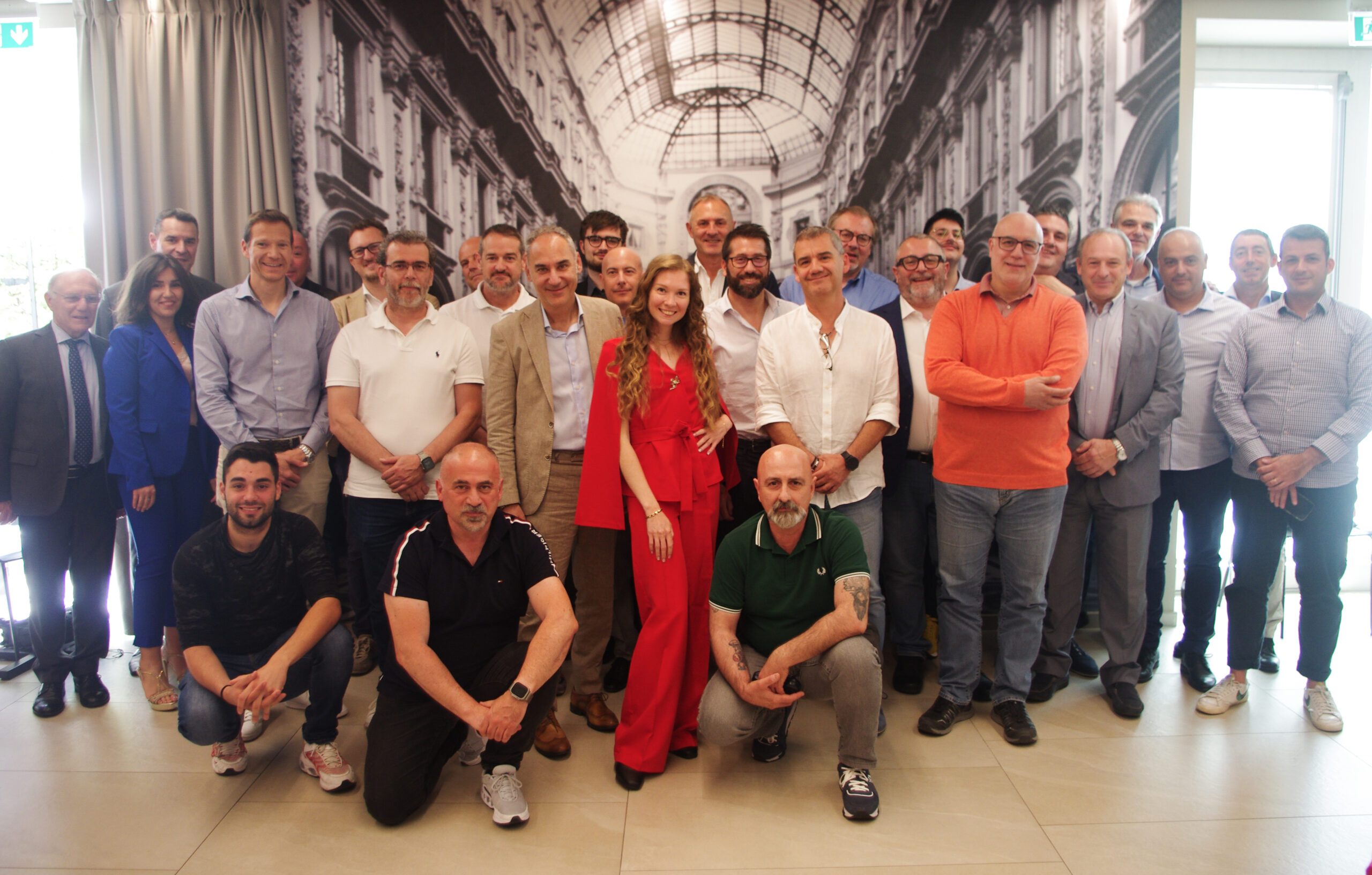Focusing on connectivity and the disappearance of the digital divide in rural areas is a must if these want to achieve high levels of development in all senses. In this article we bring you the reasons that justify this statement, as well as a vision of where we are today and some recommendations to make this digital divide just a bad memory in the near future.
What is the state of the digital divide in Spanish rural areas?
The difference between the consumption of digital resources in rural and urban areas is still notable in many ways. This is reflected in reports such as the one produced by the telecommunications company Eurona.
According to this, during 2020, in the midst of the pandemic and with the boom in the Internet use for teleworking, studying or leisure, this consumption was 10% higher in the countryside than in the cities. As far as e-commerce is concerned, 50.5% of the rural population made use of it during the confinement, while in urban scenarios it was 60.5%.
At that time, the report highlights that 21.7% of rural inhabitants did not have an Internet connection; meanwhile, in the cities, 88% of the population (more than 36 million people) were connected to the Internet.
Other aspects of online consumption that reflect the rural digital divide are:
- Travel: 24.4% of online bookings in cities versus 14.2% in rural areas.
- Culture: 20.8% in cities versus 9.8% in the countryside.
- Social networks: 74% use in urban environments versus 67% in rural areas.
The generational digital divide is also added to that of rural areas. Here, 91% of young people have a network connection and 97% make use of it. On the other hand, 59.5% of those over 60 have a network connection and 38.6% take advantage of it. Therefore, it is the young people who are pulling the cart when it comes to boosting the possibilities of rural Internet connection.
What are the most commonly used alternatives to reduce the digital divide in rural areas?
Despite the still existing divide between the urban and rural worlds, steps are being taken in the right direction. Proof of this is that during the last year, Internet access increased by 1.6% in empty Spain. What are the options that have made this possible? We highlight the following:
- Fiber optic: it is the one with the highest penetration figures, growing by 39.3% in just one year, which represents a total of 1.68 million users.
- ADSL: is the most affected by the boom in fiber optics, with a 23% drop in users.
- Internet via satellite: 192,000 new rural Internet users, a far cry from the figures mentioned above, but worth mentioning.
Why should we minimize the digital divide and bet on rural Internet?
Doing nothing to reduce the rural digital divide has very negative consequences for the development of these environments, some of them not so obvious, but it does not mean no less relevant. Let’s take a closer look at them.
The first one, and it may also be the first one you have thought of, is the social isolation it generates in rural populations. This results in people who are not properly informed of everything that is happening around the world, as well as lacking sources of information for their intellectual growth and personal development.
From a more professional perspective, the difficulty of getting access to the Internet in rural areas hinders teleworking, thus curbing the desire of many people to move to quieter places than the big cities.
In addition, students have more limited access to sources of knowledge or to the digital tools that the schools themselves offer them for reinforcement or for the submission of assignments and homework.
All of this will result in greater difficulties in entering the labor market and in obtaining quality employment. As a result, we have localities with a less thriving economy than the surrounding urban areas and greater social differences.
Finally, the digital divide also has a gender component, with women using fewer digital resources than men. If we add to this the rural divide, women living in these areas are at a double disadvantage.

What is the way forward to promote the use of rural internet?
Given all these circumstances, the authorities are serious about taking measures to ensure that rural areas have the same connectivity opportunities as other environments. In fact, the Spanish government, through the “Digital Spain 2025” program, has set the goal that, by 2025, 100% of the national population should have adequate digital connectivity.
To learn more in detail about the process leading to the closing or minimization of the rural digital divide, we can take a look at the document prepared by the UN “Closing the digital divide. The role of digital technologies on social development, well-being of all and
the approach of the Covid-19 pandemic”.
This text is based in the process of closing the digital divide on 4 fundamental aspects:
- Proper technology.
- Adequate economic resources.
- Encourage the development of digital skills to take advantage of all the benefits of digitization.
- To make society aware of the inherent advantages of digital resources.
From Galgus we work to contribute as much as possible to the first of these points by developing software tailored to the needs of rural locations, and installing it within our own equipment, of which we have models for any type of infrastructure.
For example, we support municipalities and WiFi installers in setting up public WiFi networks through the European Commission’s WiFi4EU initiative, which provides vouchers to rural municipalities so that they can offer free WiFi in open and enclosed public spaces.
With our specialized CHT (Cognitive Hotspot Technology) software, the access points in these networks collect contextual information to share with other devices and jointly make the best decisions for the best user experience.
In addition, managers have valuable data regarding the behavior of the inhabitants, such as geolocated information on their most common movements. In this way, they will be able to make strategic decisions related to aspects such as tourism or mobility.
Are you interested? If so, you can contact us now and we will give you more information about it and how to approach your particular case. See you soon!









